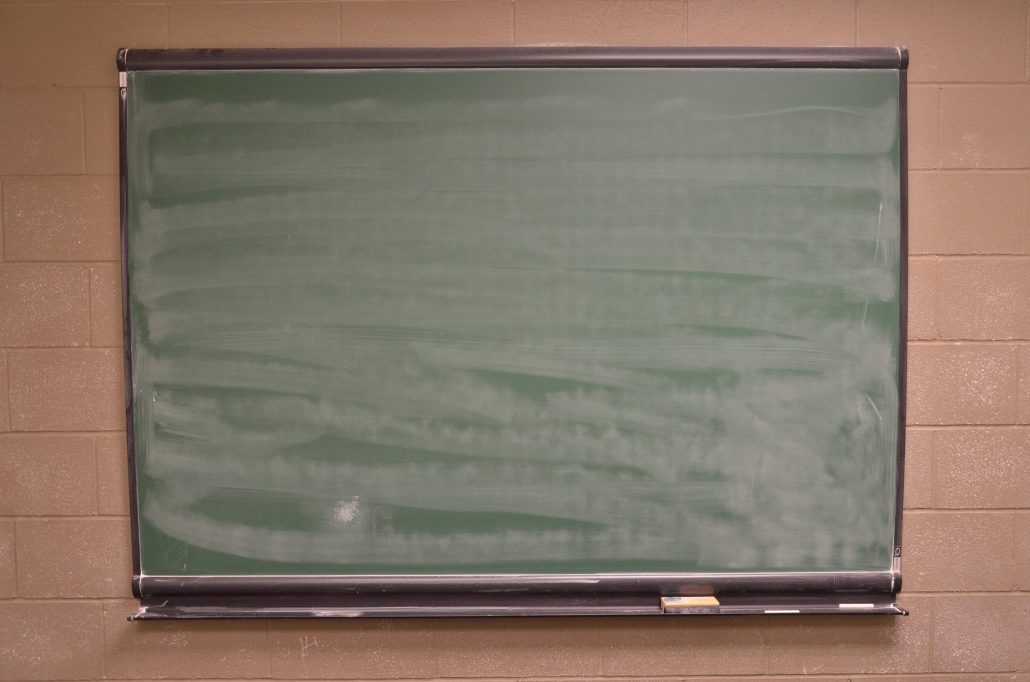Cultural Competency in the Classroom

A beneficial, yet challenging, factor of education today involves the increasing diversity in our schools. Because of the ever-growing demographics, teaching cultural competency has become a major focus in the classroom, especially for a public school system as vast and diverse as Montgomery County. It’s not only students that are getting instruction on cultural competency. These lessons start at the top with administration, curriculum writers, and educators all participating in this movement in favor of cultural awareness and appreciation.
Because culture involves a deeply personal, ingrained set of beliefs, behaviors, practices, and values, most people are at least somewhat unaware of cultures to which they do not prescribe. This is especially the case for young children who are just beginning to explore the world around them. Culturally-responsive instruction truly begins with a look at one’s self through reflection—it isn’t until we truly understand ourselves that we can begin to understand others around us.
Build a classroom environment founded in cultural appreciation by abolishing the word “normal.” Just because a behavior or characteristic might be our cultural norm, this does not mean that it is the “normal” or “right” way. Likewise, just because a behavior or trait may be unfamiliar to us, this does not mean that it is weird, wrong, or abnormal. Remind children that, just as we are all unique beings, our beliefs and values may cause us to speak, dress, and behave differently. Reinforce the mindset that cultural diversity provides learning opportunities that a culturally-homogeneous classroom would not necessarily have. Because each student comes from a different upbringing, with different customs, traditions, family structures, etc., the perspectives that we can gain by embracing our peers’ cultures are limitless. If we hold one another’s culture in high esteem by valuing it as a chance to gain knowledge about something new, we no longer see our peers as “odd” or “different.” Instead, children learn to place the emphasis on the fact that a peer’s culture has provided them with information and knowledge that they would not have known otherwise.
Beef up the classroom library with culturally diverse options for students to explore. Keep in mind that a culturally-relevant text does not receive its credit simply from the author’s culture. A novel about a child growing up during British imperialist India could provide plenty of opportunities for culturally-rich discussion—or it could oversimplify a culture or lack an important perspective all together. The key is to explore an abundance of different styles of texts, by many different authors, on a plethora of different subjects and themes. After doing plenty of research, and taking your students’ cultures into account, set up a culturally competent classroom library.
Encourage courageous conversations surrounding cultural norms and where they originate. For instance, when examining the protagonist throughout the course of a novel, prompt the class to ask analytical questions about the character’s motivations, thoughts, and decisions. What do we know about this character’s values, background, upbringing, family structure, etc.? How are our lives similar or different because of our own cultures? How might our own beliefs impact the way that we view or characterize the protagonist? What more would we need to know or discover about the main character in order to fully understand why she behaves a certain way?
If we take steps to expose students to diverse cultures and guide their exploration of different customs, traditions and perspectives, they will learn to embrace new ideas and better navigate our world.



